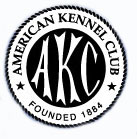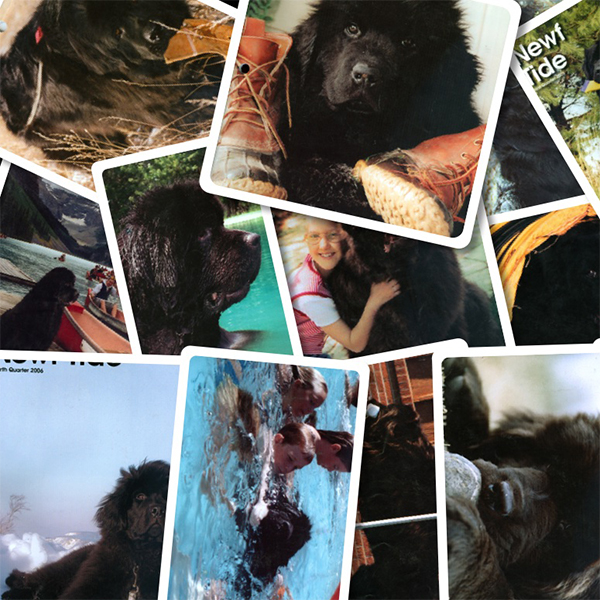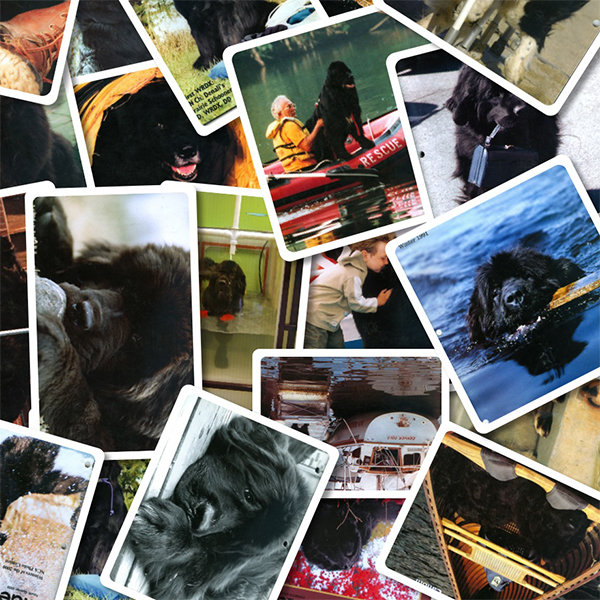
Each year, the Newfoundland Club of America (NCA) publishes a collection of photos and pedigrees of Newfoundlands that have received conformation, obedience, and working titles during the year. A careful read of that publication shows how many of our champion breeding Newfoundlands share markedly similar three-generation pedigrees.
Everyone likes to win, so many jump on the bandwagon of breeding to a small number of related studs whose offspring have winning records. When this is repeated yearly, breed diversity decreases and the gene pool drifts in the direction of those dogs. While this produces greater uniformity in some desirable traits, it comes with the price of uncovering unfavorable recessives that affect health, soundness, and fertility.
Our standard allows some leeway for varying interpretations and emphasis. For example, not all Newfoundlands with broad heads look alike-nor need they. A fact of life with conformation is the existence of fads that are often exaggerations of good features that become overdone to the point of detriment to the breed. One example of this is exaggeration of a short, broad, muzzle, making it shorter and broader until some dogs have the noisy breathing of the brachycephlic.
Another fad is long, loose lips that make the muzzle appear far deeper than the length of its skeletal structure-a situation directly counter to the standard's words "depth and length are approximately equal."
Yet another is increased angulation that requires a longer body for flashy side movement. Our standard calls for a dog only slightly longer than tall-a dog of considerable substance and strength. That means a body with breadth, not a narrow front; legs with straight column of bones that travel straight forward, not brushing hocks and swinging fronts that cannot transmit and accept power for efficient movement, let alone strong endurance for swimming and hauling.
Breed diversity will be improved with educated breeders who study the breed standard, the illustrated guide, and movement videos. Educated and responsible breeders must gain confidence in their own evaluations and their ability to recognize good specimens of the breed on their own without just following the crowd to a few top-winning dogs.
Judges, too, should be encouraged to appreciate that a variety oflooks adhere to the Newfoundland breed standard. There are other Newfoundlands who have correct type even though they may exhibit a different style than some who are winning frequently in the show ring. If judges will remember the words of the standard and avoid being diverted by the fads, excessive grooming, and prominent handlers, they can help in maintaining diversity of the gene pool, thereby improving the overall health of our breed. -J.B.

